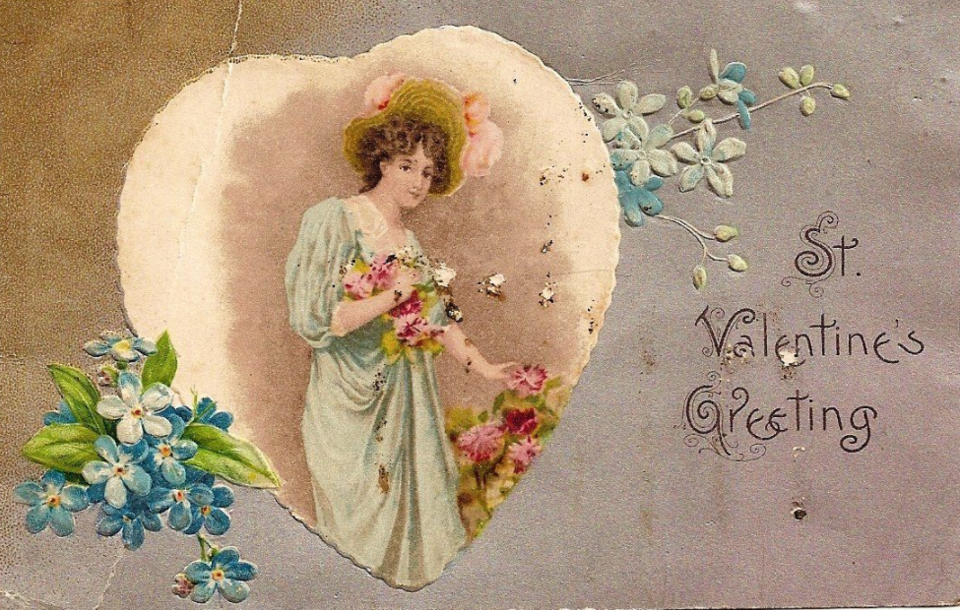Valentine's Day strikes many as a very modern holiday.
The exchanging of tokens of affection -- flowers, chocolates and, most notably, cards -- seemed to be the creation of commercial interests rather than stemming from any historical tradition.
Yet most of our holiday traditions date back many centuries in one form or another. Foremost amongst these is the exchanging of Valentine cards, a practice which was more popular in the late 19th century than today.
The tradition goes back at least to the Middle Ages, and perhaps earlier. In the Middle Ages, Valentine cards were simply slips of paper placed in two stacks, the names of women written in one pile, the names of men on the other. People would pick the first piece of paper in the pile representing the opposite sex, making the selection of a Valentine entirely random. Many have speculated this was the origin of the "secret admirer."
At the time, it was customary to give a gift to one's selected Valentine. By the late 1700s, gifts were being replaced by elaborately written love messages. While most were personal and hand-written, as one would expect, entrepreneurs soon emerged to milk the growing fad. "Valentine Writers," offering their services to the romantically challenged, were responsible for the first commercial Valentine cards.
It wasn't until the mid-1850s and the widespread use of modern printing methods, however, that mass-produced Valentine cards replaced the home-made variety. Because printing was no longer prohibitively expensive, even working-class individuals could afford the luxury of sending a card to a loved one once a year.
Over the next half-century from 1850 the art of the Valentine card was perfected, and it was during this period that most of the images associated with the holiday were introduced. Venus, the goddess of love, was prominent on cards, as was her bow-and-arrow-armed son Cupid. Doves, flowers, hearts and churches were also favourite images. As time progressed, cards became increasingly elaborate, being trimmed with lace or decorated with real feathers and dried flowers.
The fad reached a zenith in the 1880s, by which time many cards had become gaudy and the messages they contained might be racy.
Two decades later, however, the fad began to pass. This was likely a reaction to the outlandishness displayed in cards. People grew tired of such silliness.
It would be another half-century before the Valentine card began to make a comeback during the dark days of the Second World War, when sweethearts were separated by war and people needed an escape from the grim reality of modern conflict.
